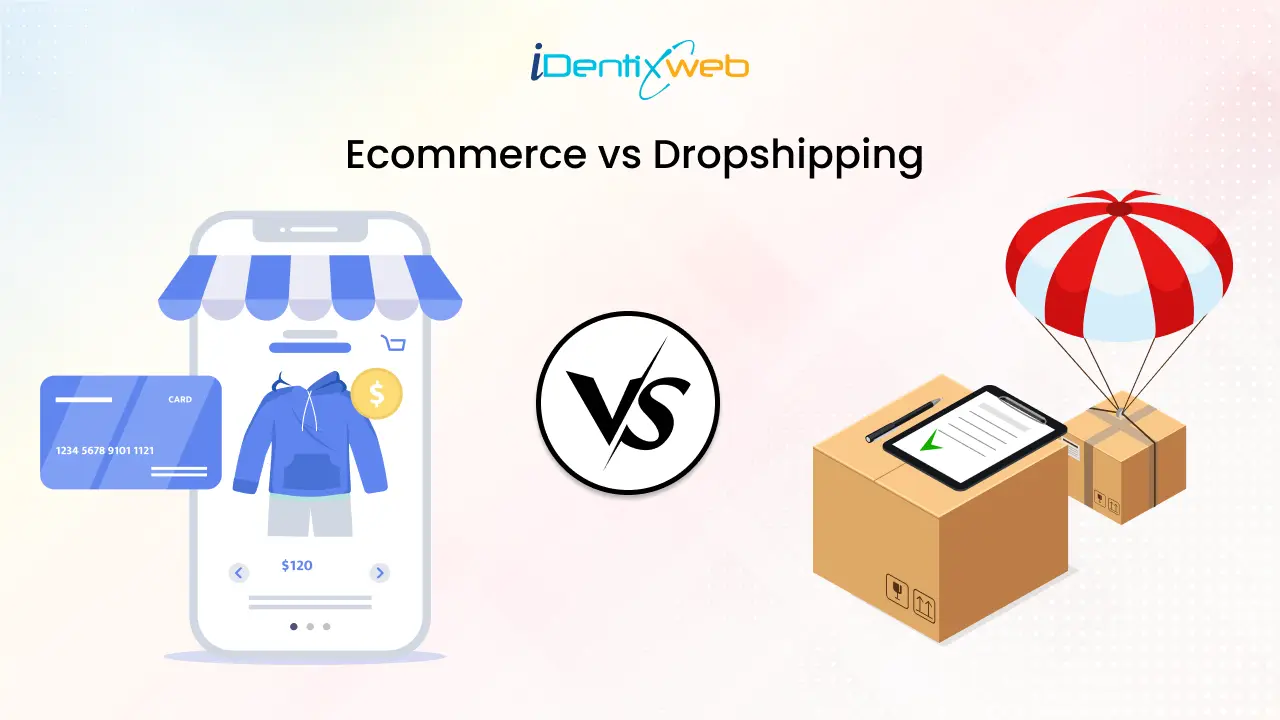
As you begin your online business journey, you will find getting started easier than ever. With just an idea, a supplier, and a website, you can easily begin selling products or services. However, one of the most critical and confusing decisions you will need to make is choosing the right business model. ecommerce vs dropshipping is a common dilemma for aspiring entrepreneurs looking to break into the world of online retail.
Dropshipping, with its low-risk approach, is perfect for beginners and those testing the waters, while ecommerce offers more control and higher profit margins, which is ideal for businesses aiming for growth.
This article about ecommerce and dropshipping explained the differences, pros and cons to help you choose the model that best fits your vision of success.
What is Ecommerce?
E-commerce is the process of buying and selling products or services through online channels. Typically, store owners source or create their goods, maintain inventory and sell directly to customers via online marketplaces or websites.
How Does Ecommerce Work
It works in different markets, with two main types: B2C, where businesses sell to individual customers, and B2B, where businesses sell to other businesses.
Here is the complete process from order placement to product delivery:
What is Dropshipping?
Dropshipping is a business model where retailers sell products without holding inventory, packing, or shipping. Instead, they partner with a supplier who handles order fulfilment and sends products straight to customers.
How Does Dropshipping Work
Here are the basic steps to run a dropshipping store:
5 Major Difference Between Ecommerce vs Dropshipping
Image Source: Freepik
Inventory Management
Ecommerce requires an upfront investment in purchasing inventory and securing storage space, which can involve significant costs. However, this investment gives you full control over your products, including the ability to personally select, manage, and inspect your inventory.
In dropshipping, you can sell products without handling any inventory. When a customer orders something, the order goes to the dropshipping supplier, who ships it directly to the customer. This method has lower startup costs because you don’t need to buy inventory or manage stock.
Control Over Products
Ecommerce business owners have great control over product quality because they can choose and check their inventory before selling. This hands-on method helps them maintain high standards and fix problems before customers receive their products, ensuring a good shopping experience.
Dropshipping gives you less control over product quality since you depend on suppliers to meet standards. Because you don’t oversee the process directly, you must trust your suppliers to keep up the quality, which can change and is often out of your hands. This can lead to unhappy customers if the products don’t meet their expectations.
Profit Margins
Profit margins can be quite high in an ecommerce model because you can buy products at wholesale prices and set your retail prices. This straightforward buying and selling process allows for easy margin calculations, and you may also get bulk discounts from suppliers, boosting your profits on each sale.
On the other hand, dropshipping usually offers lower profit margins. Suppliers take a significant portion of the profits, given that they handle most of the work. Since products from dropshipping suppliers often cost more, there’s less room to raise prices, resulting in smaller profits for each sale.
Shipping and Fulfillment
With the ecommerce business model, managing shipping and fulfillment allows you more control over delivery options, shipping costs, and delivery times. You can negotiate shipping rates with carriers, customize packaging, and ensure that orders are shipped promptly.
A dropshipping store relies on suppliers for shipping and fulfillment, which lets you focus on other aspects of your business. While this model requires less logistical management, it can lead to less control over shipping speed. This may affect customer satisfaction and make customer service more challenging.
Risk Level
E-commerce carries a higher risk because you buy products upfront and store them. This means you could lose money if the items don’t sell. If customer preferences change, you might end up with products that are hard to sell. Managing shipping and returns can also be tricky, and mistakes can affect your business.
Dropshipping is less risky since you don’t have to buy inventory upfront. You rely on suppliers to handle shipping and product quality. However, this means you have less control over how well the products meet customer expectations. If suppliers make mistakes, it can reflect poorly on your business.
When comparing ecommerce vs dropshipping profitability and other things, both have unique advantages. Your choice depends on balancing initial costs with long-term profitability goals.
Ecommerce vs Dropshipping Pros and Cons to Consider
Is ecommerce and dropshipping the same? Not exactly. While both involve selling products online, they operate differently. Let’s examine the pros and cons of each to see how they compare.
Pros and Cons of Ecommerce
Pros:
Cons:
Pros and Cons of Dropshipping
Pros:
Cons:
Wrapping Up
Ecommerce vs Dropshipping: Which one should you choose?
Deciding between dropshipping and ecommerce depends on your situation and needs. Understanding ecommerce and dropshipping differences will help you choose the best fit for your business.
FAQs
1. Do I need a business license for dropshipping or ecommerce?
Few countries require a business license for both dropshipping and ecommerce.
2. What is the difference between ecommerce and dropshipping?
Ecommerce means selling products through your own online store, managing inventory, and handling shipping. In dropshipping, you sell products without keeping stock; as a supplier, you ship directly to the customer.
3. How do I start a dropshipping business?
To start a dropshipping business, pick a niche, find reliable suppliers, Set up your online store, and market your products, when you receive orders, your supplier will take care of shipping.
4. Is dropshipping part of ecommerce?
Yes, It is a kind of ecommerce where the store sells products without holding inventory, and the supplier ships directly to the customer.


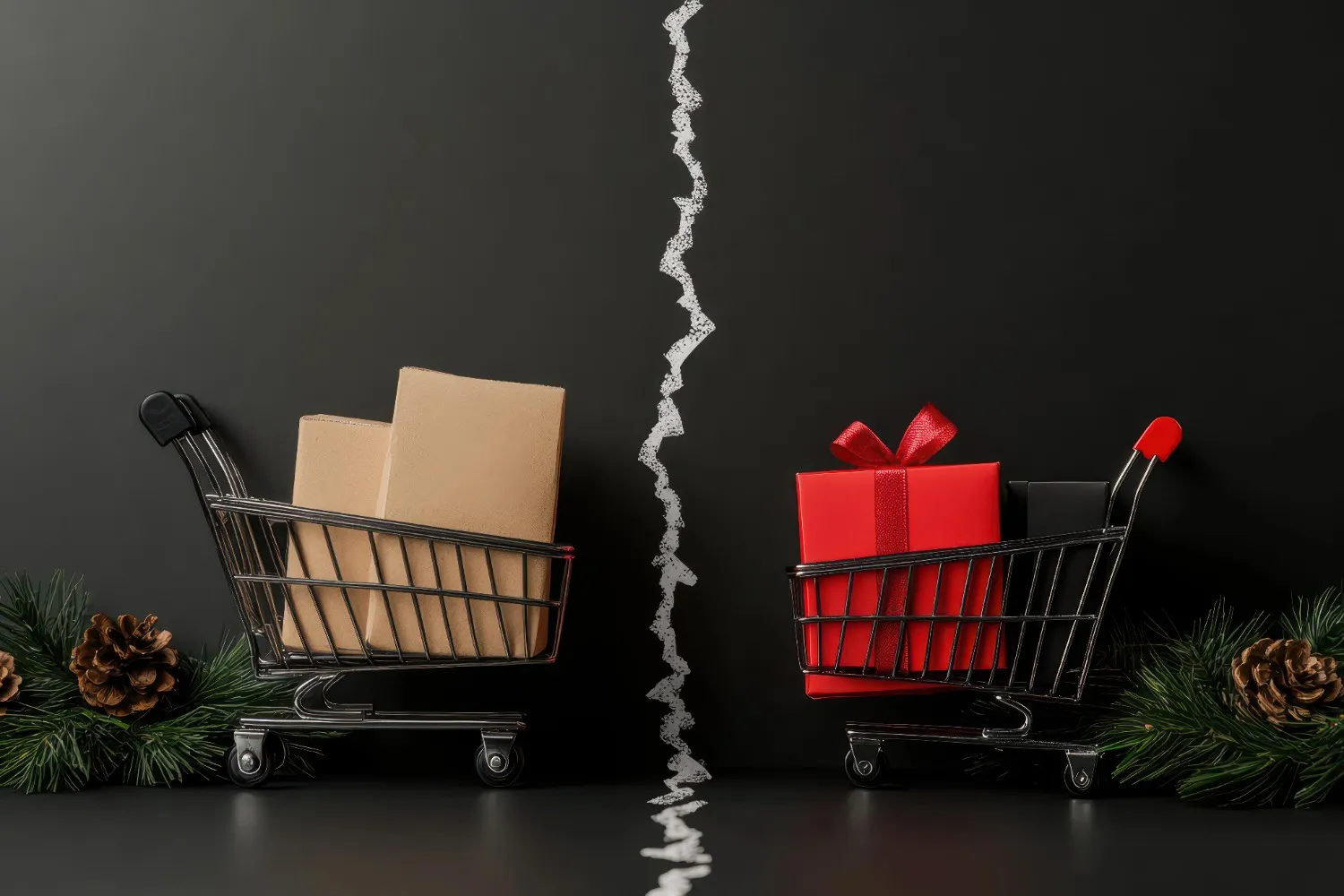
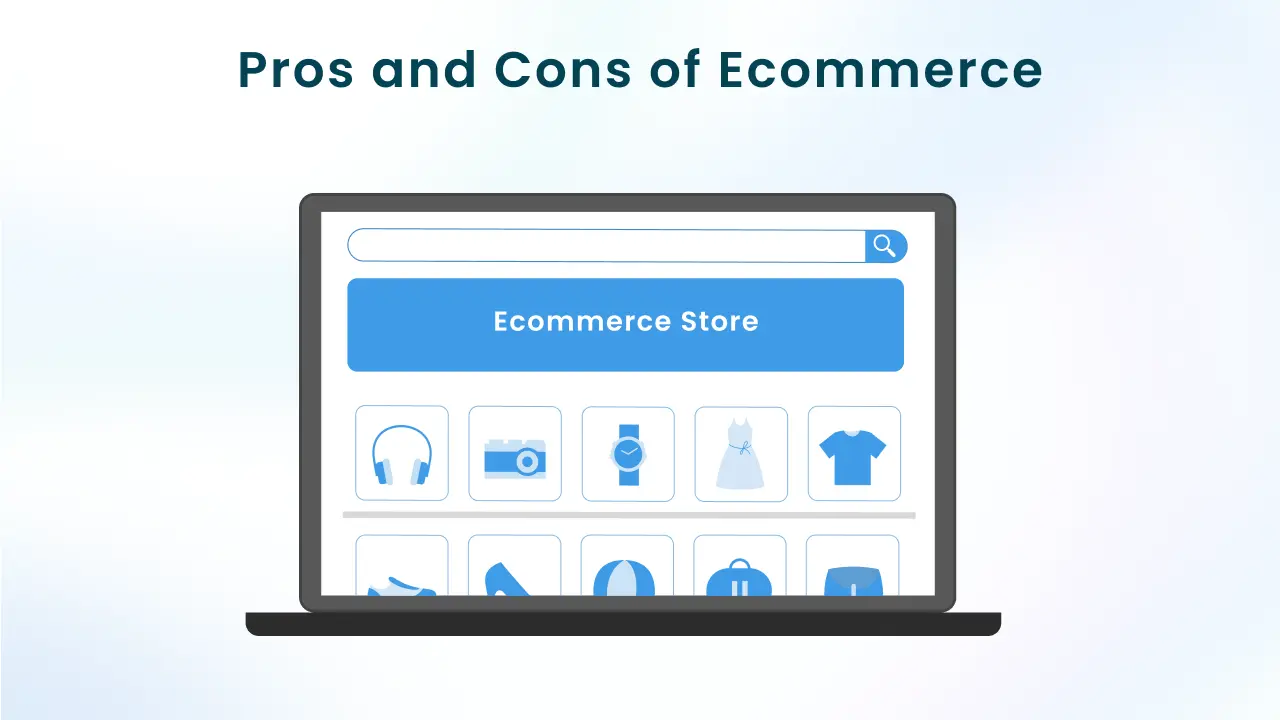
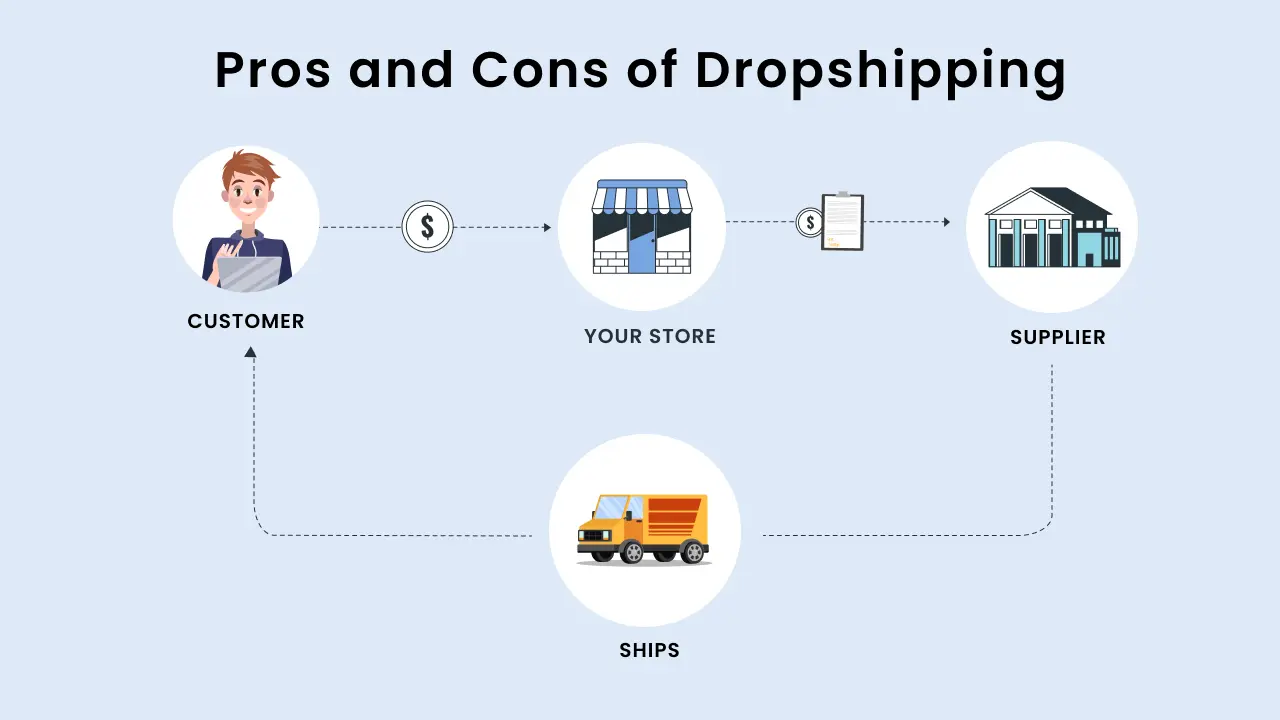

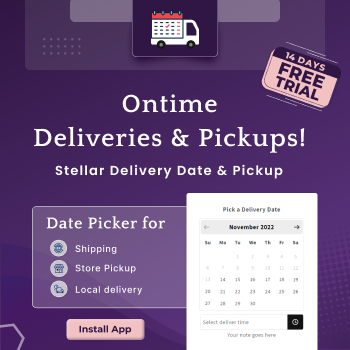

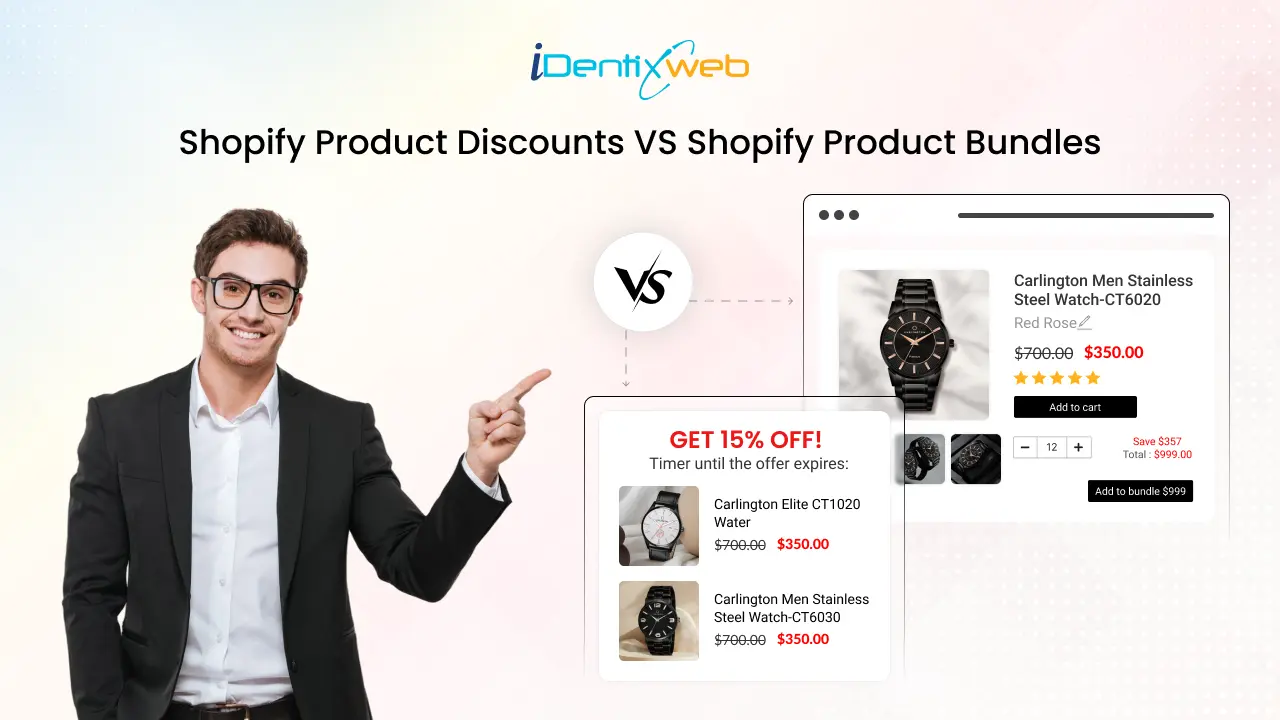
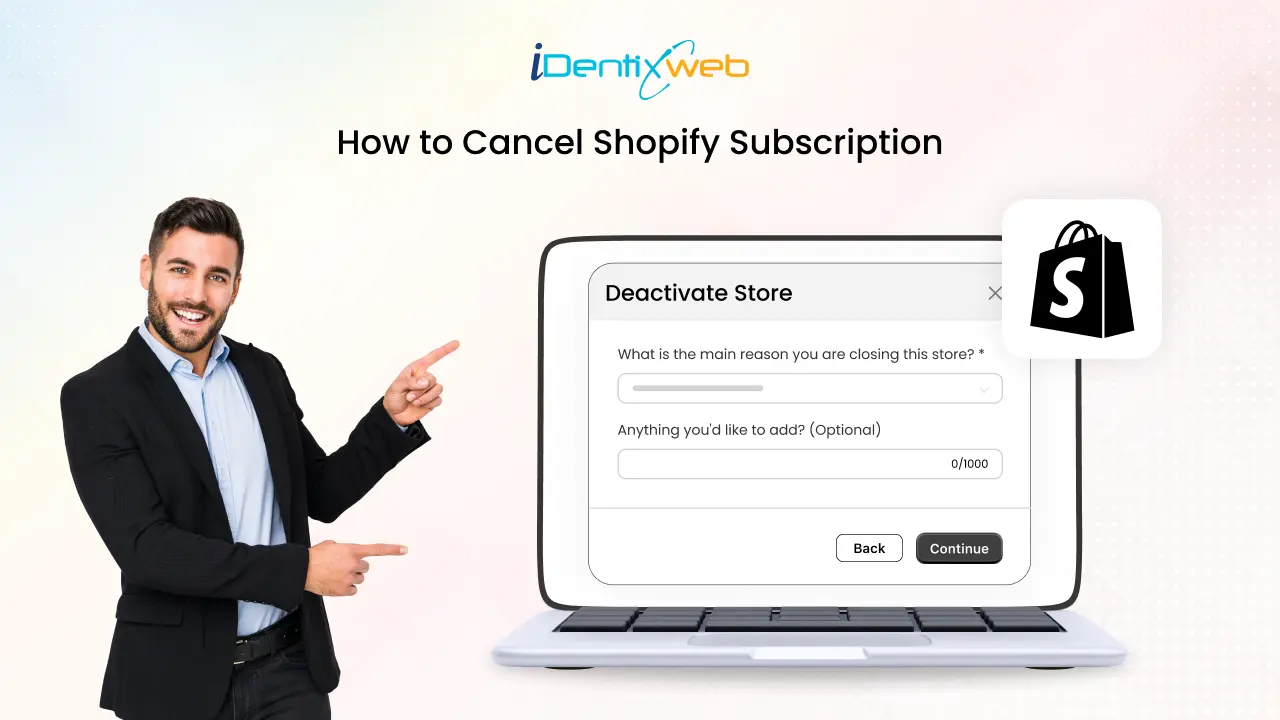
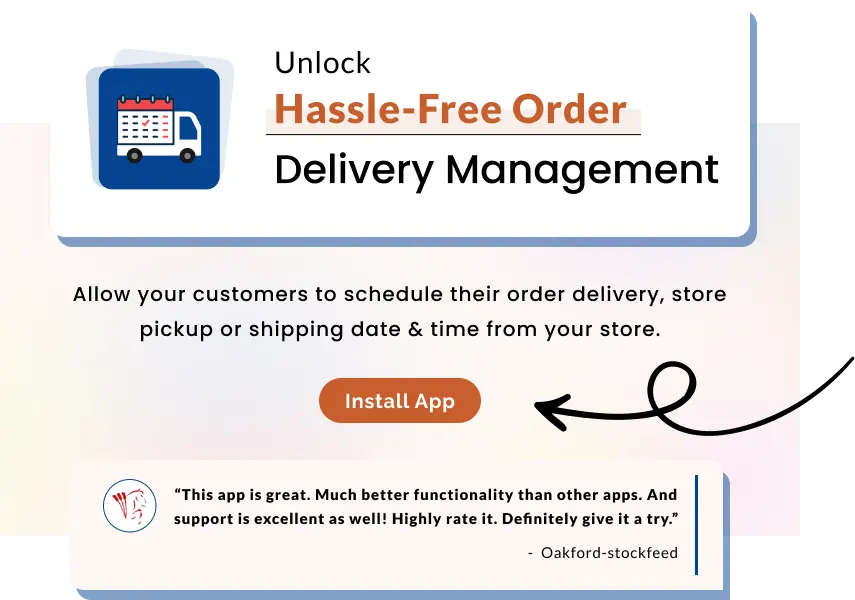
Great article! Both eCommerce and dropshipping have their pros and cons, but I agree that dropshipping offers lower upfront costs and flexibility. It’s perfect for those starting out, but eCommerce provides more control and scalability in the long run!